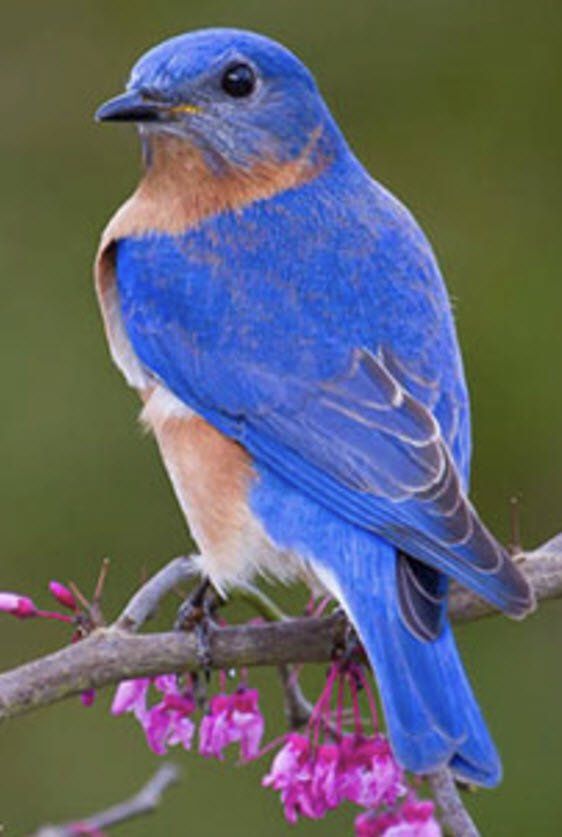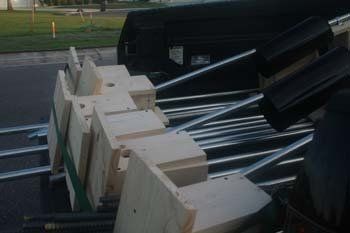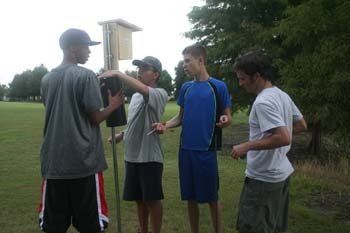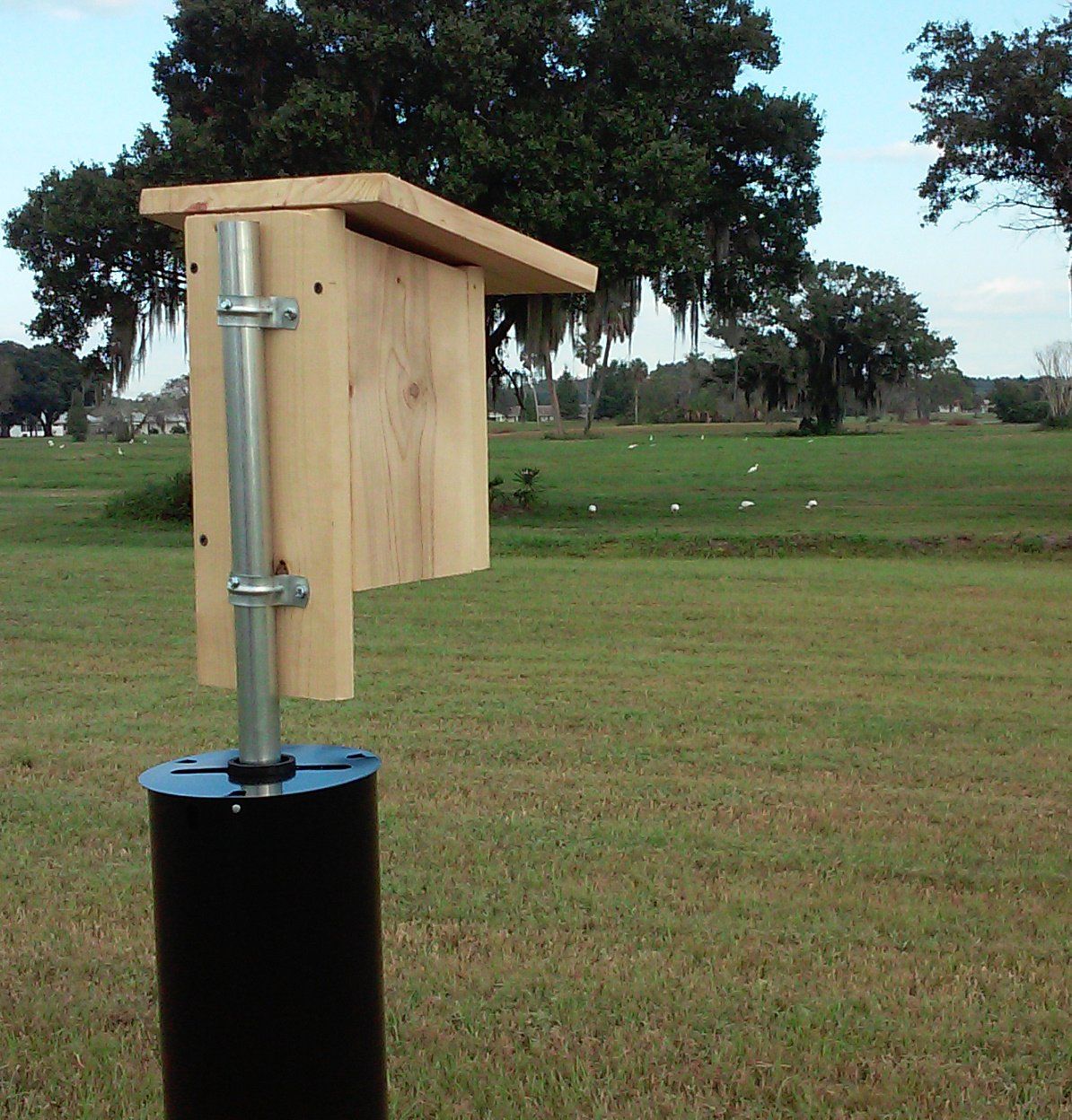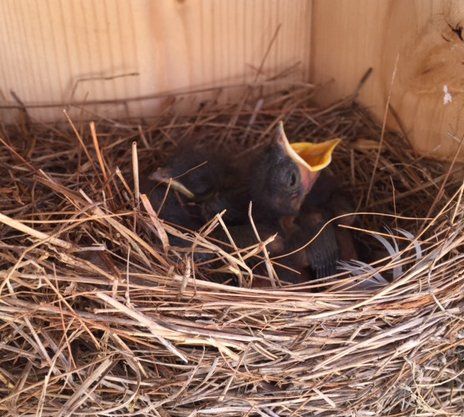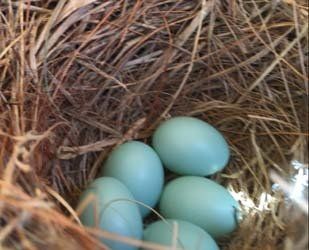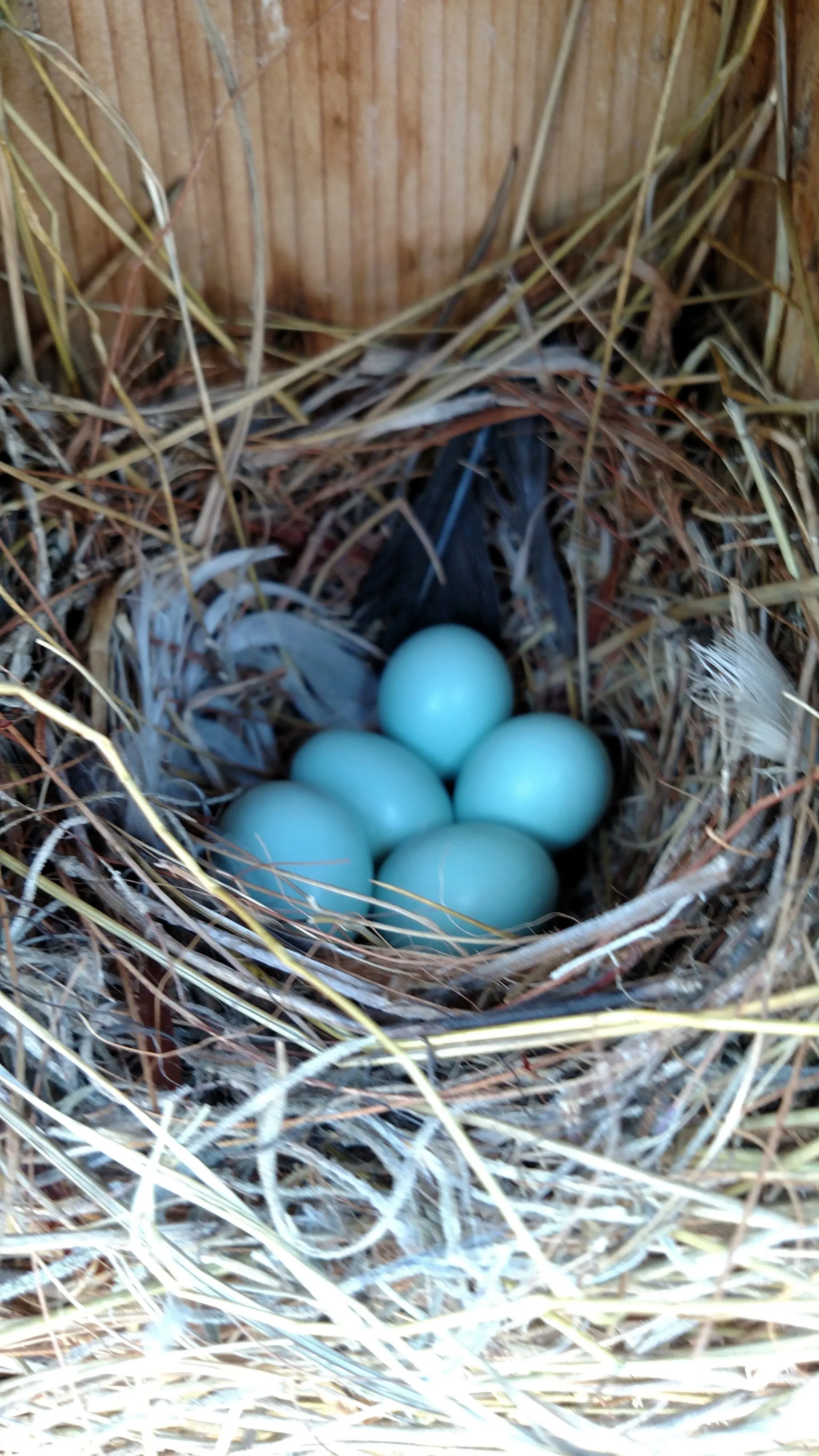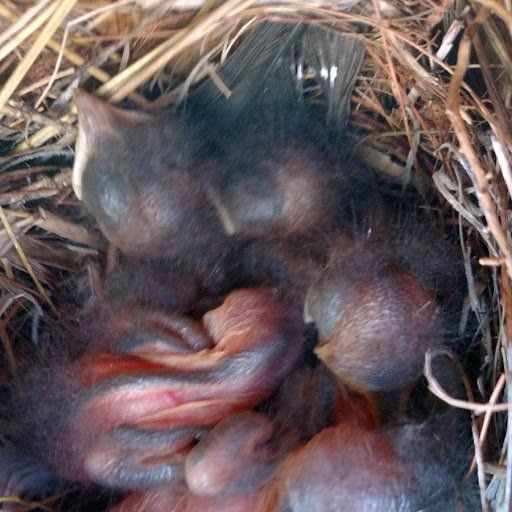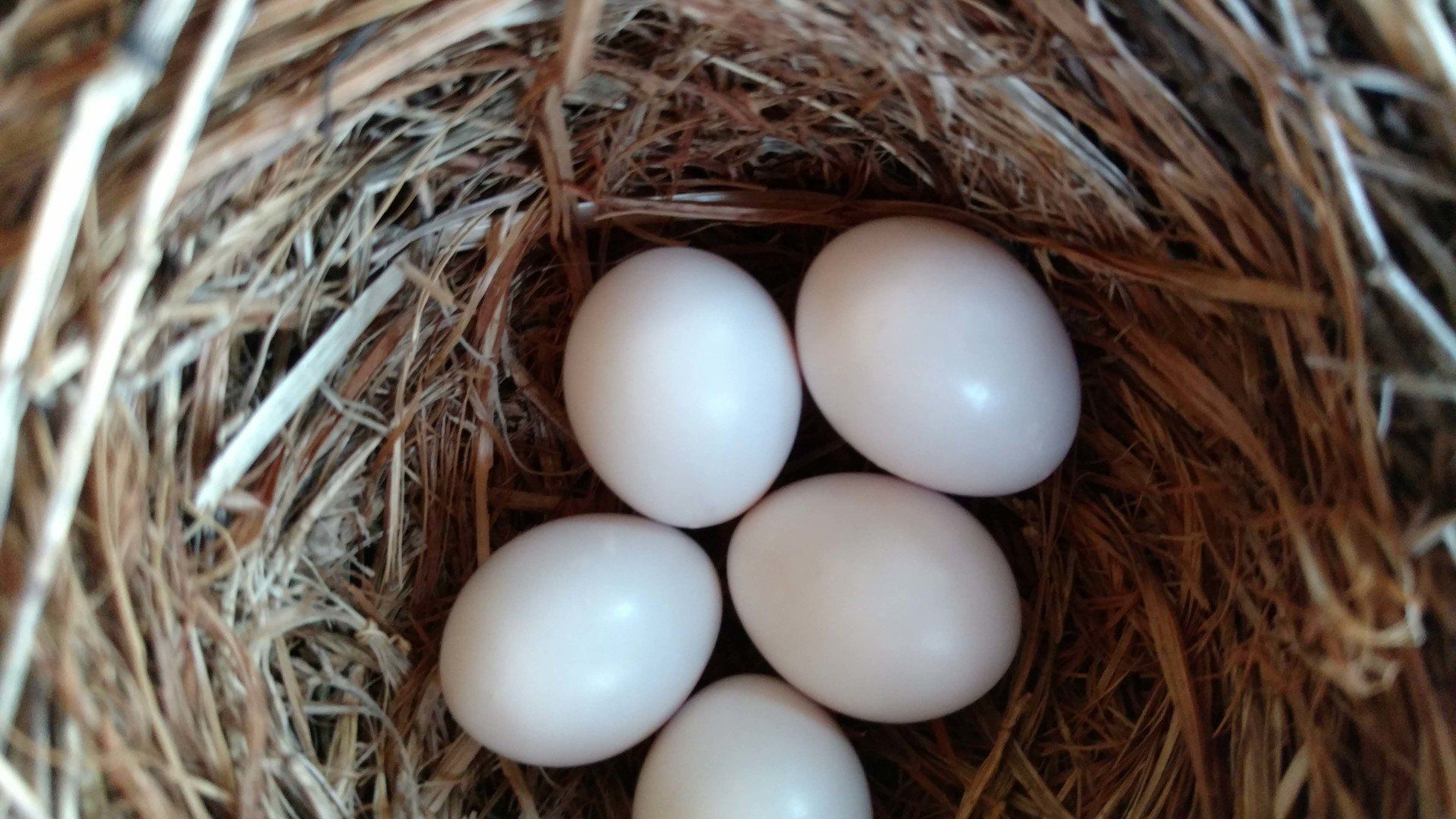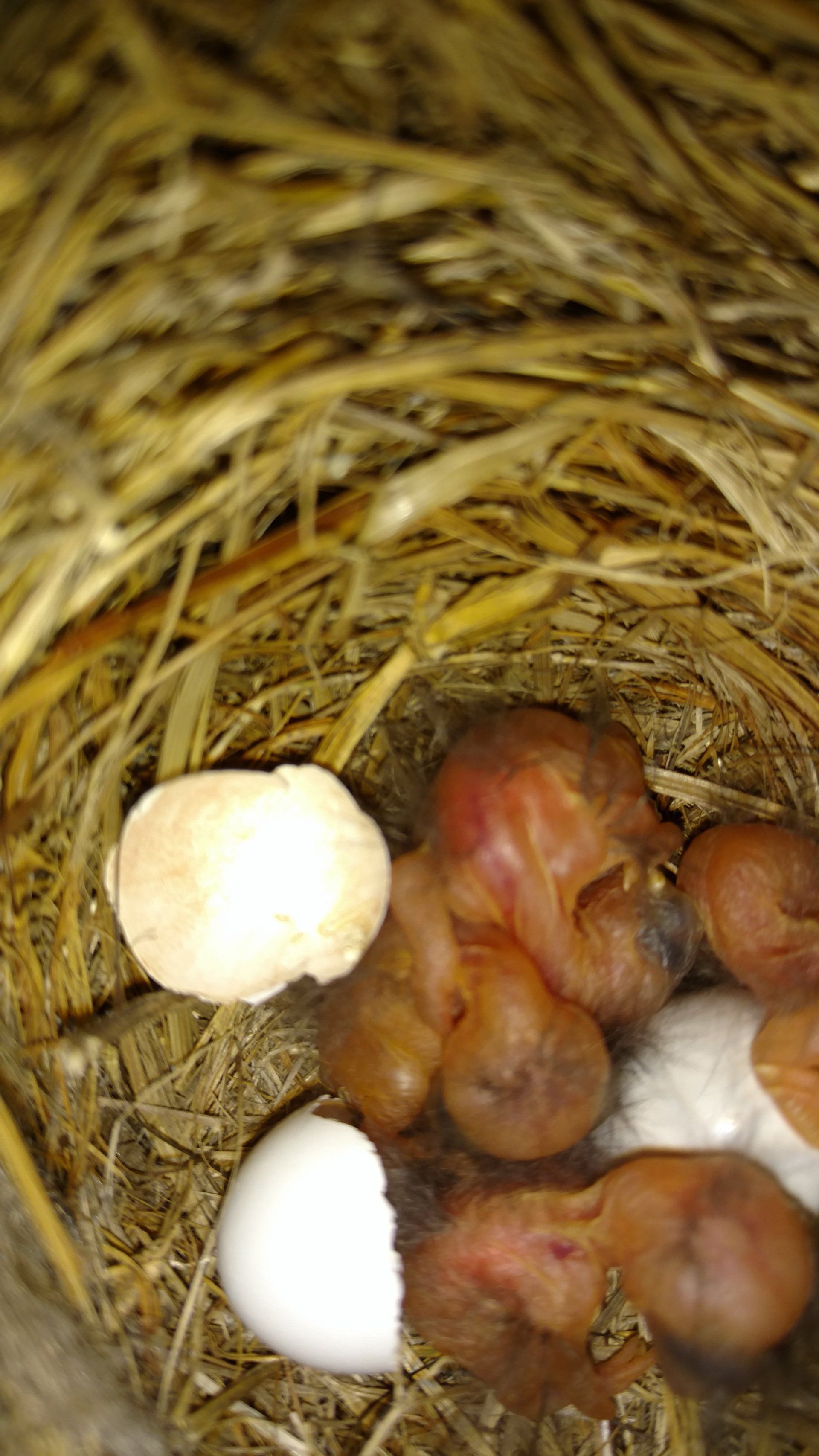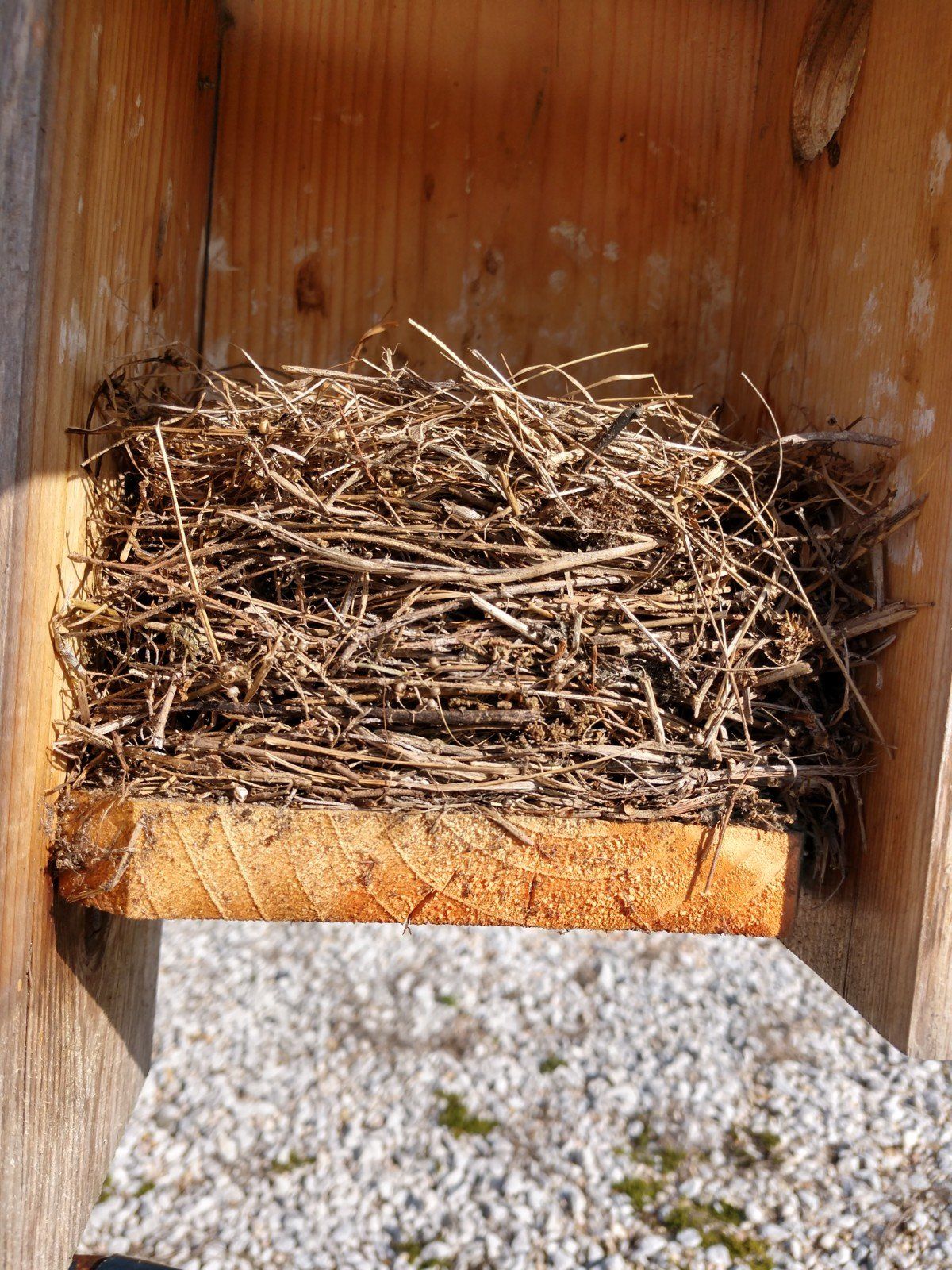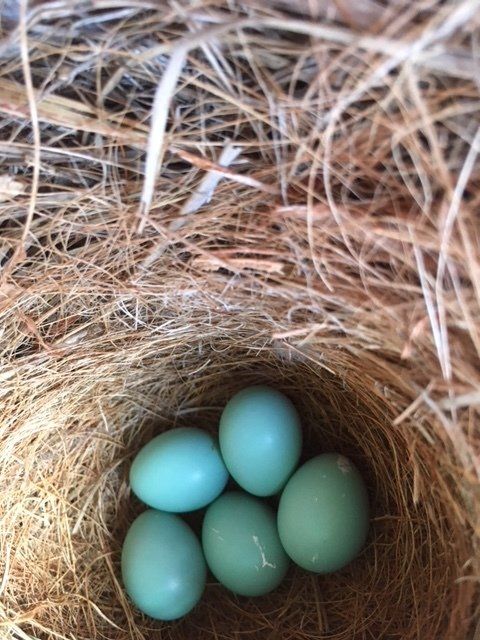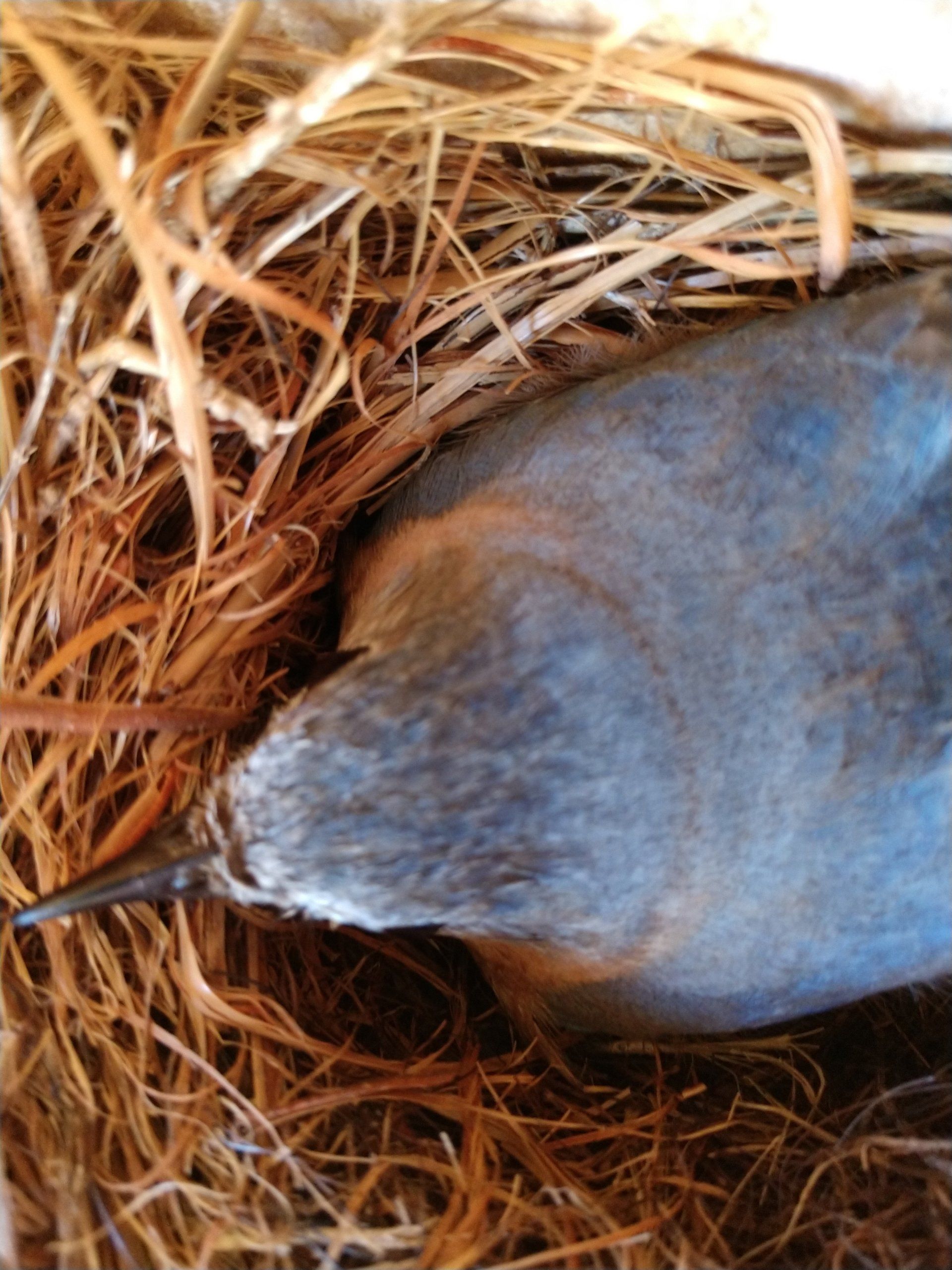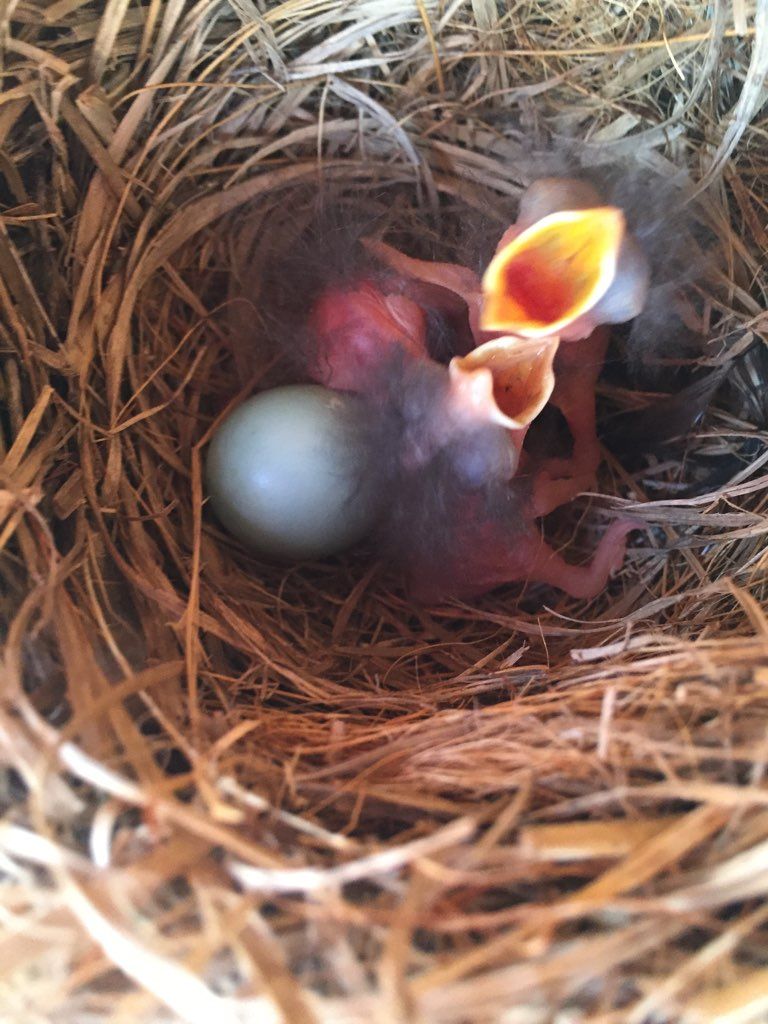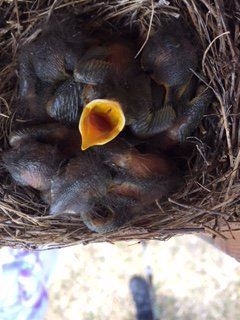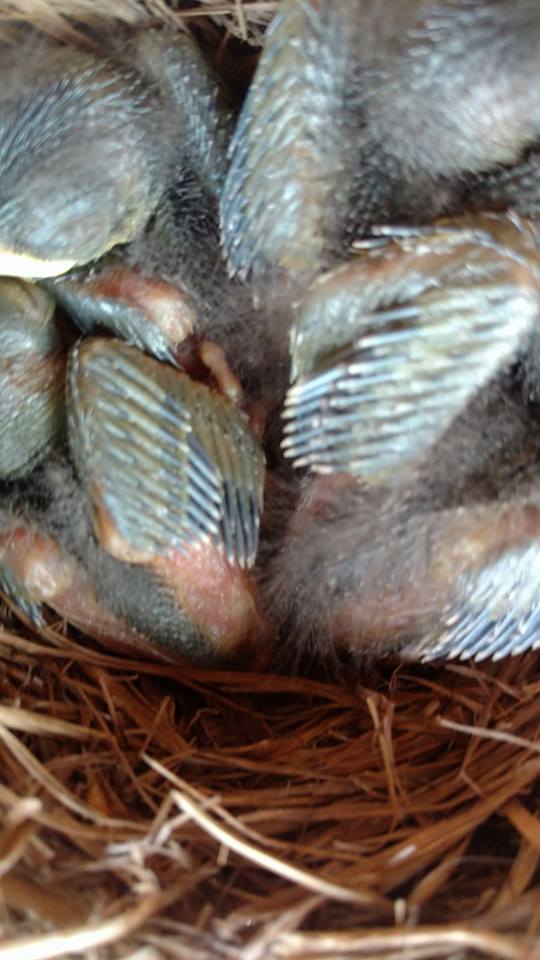Bluebird Nestboxes
Willing to Help with bluebird project?
Let us know how to reach you!
Bluebird Project
Thank you for contacting us.
We will get back to you as soon as possible.
We will get back to you as soon as possible.
Oops, there was an error sending your message.
Please try again later.
Please try again later.
BACKGROUND
The Eastern bluebird is a secondary cavity nester that for years was in decline due to loss of habitat. Rotting snags are often removed for safety and aesthetic reasons – these are the very places that bluebirds have traditionally nested in the abandoned holes of woodpeckers.
Fortunately, bluebirds adapt readily to nest boxes and the American Bluebird Society encouraged a movement to install nest boxes and bluebird trails in neighborhoods with suitable habitat. Suitable habitat includes fields and open spaces; golf courses offer ideal habitat to place nest boxes.
In 2015, the Conservation Committee partnered with an Eagle Scout candidate to construct 20 boxes, and install them in the backyards of residents who signed up to adopt a blue bird box.
Twenty sites were selected and scout and his troop installed the boxes in November of 2015.
YEAR ONE - 2016
Bluebirds started looking for viable nesting sites in February and March of 2016.
Three Conservation Committee members were assigned to keep in touch with the property owners where nest boxes were located.
There was much drama with competition from house sparrows, woodpeckers, wasps, Cuban frogs, snakes, and the accidental death of at least one fledgling. However, at least two boxes fledged 4-5 young, and one pair of birds successfully raised 3 broods in one season. It is estimated that the first year yielded at least 20 fledglings.
At the end of the 2016 nesting season box locations were re-evaluated and some boxes were moved to more appropriate locations.
YEAR TWO - 2017
A more proactive approach to bluebird house monitoring was instituted in 2017. Property owners proved unreliable as monitors so conservation committee member took over that responsibility. Most houses were checked weekly and interiors were photographed to document progress. Pictures show two nests, one with blue eggs and one with white eggs. About 25% of boxes monitored consistently produce white eggs.
YEAR THREE - 2018
In 2018 the bluebird project manager added five boxes and recruited ten (10) monitors who worked in teams of two to perform weekly monitoring of five boxes assigned to each team. Each team took periodic pictures of progress and recorded data on individual boxes. Pictures show a completed nest, a nest with blue eggs, a devoted mama bluebird, and fresh new hatchlings.

